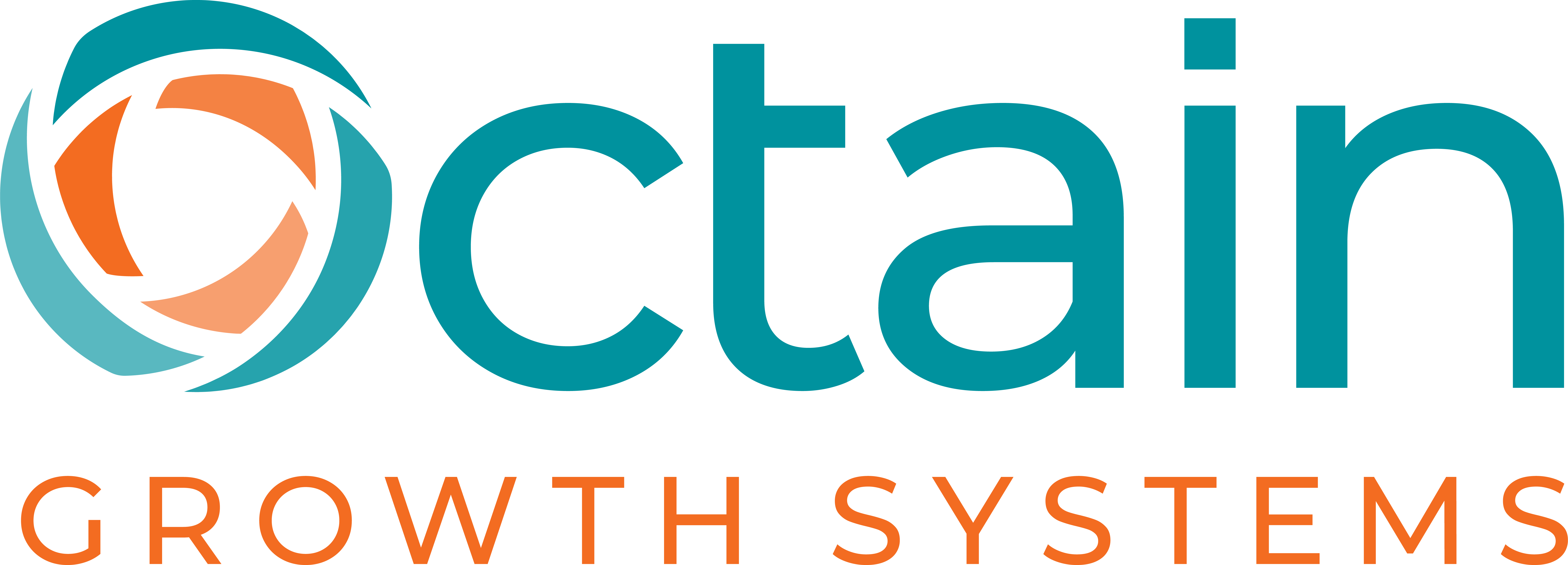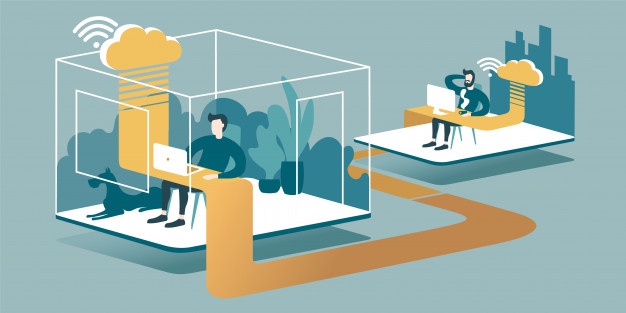The remote economy, which opened for business full throttle in March, shows no signs of slowing down. Many companies have made remote workers their permanent work force into the foreseeable future. Others are trying the hybrid office-WFH approach.
The move to remote work has had a profound impact on normal business operations, people’s daily lives and, according to Marker is, “Killing the Hidden Trillion-Dollar office economy.” Businesses from catering companies to janitorial services that depend on vibrant offices full of workers are faced with long term shifts to their reliable revenue streams.
What about your company? If you have been hanging on waiting for a return to “normalcy,” it looks like you’ll have a long wait. The reality is the remote economy is here to stay. Use it to your advantage.
Take Stock and Move Forward
It’s fall, the traditional planning season for next year. As a business owner, executive, or entrepreneur you can gain a revenue and competitive advantage by taking stock of exactly where you fit in today’s remote economy with these three questions:
1) What does my remote workforce look like today and what do my employees need to become sustainable high-performance team members? Consider the following:
| Leadership – What is your ability and comfort level leading remote workers for the long term? How well are you sustaining your foundational cultural values? | Communication – How seamlessly does your team work together day in and day out? Is communication easy or hard? What’s the level of conflict resolution needed? |
| Training – Without immediate access to tribal knowledge, new and younger remote workers can struggle. What processes do you have in place to ensure workers know their jobs and their value to corporate operations? | Tools – Do your employees have the best in class tools and technology they need to perform at their peak remotely? If not, what do they need? Unsure? Ask them. Then acquire the best of breed tools to gain productivity where it counts. |
2) How can I streamline operations to protect my bottom line today and into the future, regardless of economic turmoil? I suggest there is one focus for that: digital transformation: Bring as much of your operations to the cloud as possible. In my book Make Remote Work, I outline seven areas where cloud technology can replace outdated manual or PC-based software. These are: appointment booking, proposal software, ERP systems, order management, marketing automation, sales enablement and customer service.
3)How can I better market, sell or service my products online? The possibilities are almost endless. B2B business owners need to carefully study their consumer/retail-oriented colleagues for strategies that work. Depending on your size and resources, you can take a small step like adding more customer self-service capabilities to your website or invest in a major business model change such as launching a subscription service. In Make Remote Work, I provide an overview of nine subscription service models to choose from.
Where does your organization stand today in the remote economy? Is it where you want to be? If not, what changes are you willing to make now to secure your long-term future in our new remote economy?
Need help with that? Book a consult here.

